Tomato paste is a versatile and essential ingredient in many cuisines around the world. Its rich flavors and concentrated form make it a staple in countless recipes. While you can easily find tomato paste on supermarket shelves, there is nothing quite like homemade tomato paste. In this article, we will explore the art of canning homemade tomato paste and discuss tips to turn this culinary venture into a business opportunity. 1. Sourcing and Selecting the Best Tomatoes: When it comes to making superior tomato paste, it all starts with choosing the right tomatoes. Opt for ripe, meaty tomatoes such as Roma or San Marzano varieties, as they have a higher pulp content and are less watery. Aim for tomatoes that are free of blemishes or mold and are at their peak ripeness for the best flavor. 2. The Canning Process: a. Preparing the tomatoes: Wash the tomatoes thoroughly, remove stems, and cut them into quarters. Remove the seeds and excess liquid if desired, as this helps in producing a thicker tomato paste.
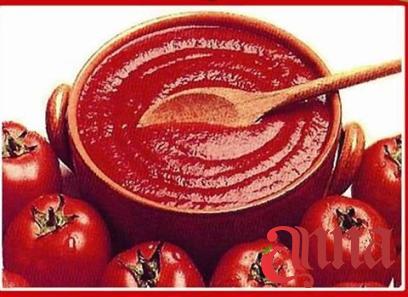
.
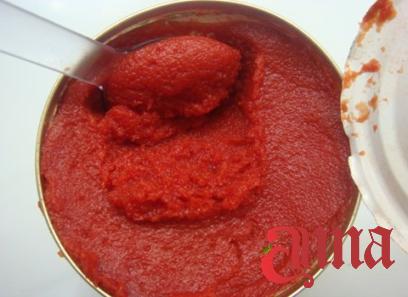 b. Cooking the tomatoes: Place the tomato quarters in a large saucepan or Dutch oven and cook over low heat until they break down and release their juices. Simmer the mixture until reduced to a concentrated paste. c. Sterilizing the jars: While the tomato paste is simmering, sterilize the canning jars by boiling them in water for 10 minutes or using a dishwasher on the sterilize setting. d. Filling the jars: Once the tomato paste reaches the desired consistency, carefully ladle it into the sterilized jars, leaving about half an inch of headspace. Wipe the rims and seal the jars with sterilized lids and bands. e. Processing the jars: Place the filled jars into a water bath canner, ensuring they are completely covered with water. Process the jars for the recommended time based on your altitude and jar size.
b. Cooking the tomatoes: Place the tomato quarters in a large saucepan or Dutch oven and cook over low heat until they break down and release their juices. Simmer the mixture until reduced to a concentrated paste. c. Sterilizing the jars: While the tomato paste is simmering, sterilize the canning jars by boiling them in water for 10 minutes or using a dishwasher on the sterilize setting. d. Filling the jars: Once the tomato paste reaches the desired consistency, carefully ladle it into the sterilized jars, leaving about half an inch of headspace. Wipe the rims and seal the jars with sterilized lids and bands. e. Processing the jars: Place the filled jars into a water bath canner, ensuring they are completely covered with water. Process the jars for the recommended time based on your altitude and jar size.
..
 3. Quality Control and Shelf Life: To maintain the quality and safety of your homemade tomato paste, it’s crucial to follow proper canning procedures. Check for any signs of spoilage, such as a bulging lid or an off odor, before consuming the canned tomato paste. When stored in a cool, dark place, properly canned tomato paste can have a shelf life of up to 18 months. 4. Packaging and Labeling: Creating an appealing package and labeling for your homemade tomato paste is essential for attracting customers. Consider using glass jars that highlight the vibrant color of the tomato paste. Design a visually appealing label that showcases your product’s natural and homemade qualities. Include pertinent information such as the date of production, ingredients, and any certifications or quality control measures undertaken.
3. Quality Control and Shelf Life: To maintain the quality and safety of your homemade tomato paste, it’s crucial to follow proper canning procedures. Check for any signs of spoilage, such as a bulging lid or an off odor, before consuming the canned tomato paste. When stored in a cool, dark place, properly canned tomato paste can have a shelf life of up to 18 months. 4. Packaging and Labeling: Creating an appealing package and labeling for your homemade tomato paste is essential for attracting customers. Consider using glass jars that highlight the vibrant color of the tomato paste. Design a visually appealing label that showcases your product’s natural and homemade qualities. Include pertinent information such as the date of production, ingredients, and any certifications or quality control measures undertaken.
…
 5. Marketing and Distribution: To turn your canning venture into a successful business, consider various marketing and distribution channels. Market your homemade tomato paste through social media platforms, local farmers’ markets, specialty food stores, or even online platforms dedicated to gourmet products. Collaborating with local restaurants or catering services can also help boost brand recognition and sales. Conclusion: Canning homemade tomato paste can be a fulfilling and profitable business venture. By carefully selecting the best tomatoes, mastering the canning process, and focusing on quality control, you can create a superior product that stands out in the market. With the right packaging, labeling, and marketing strategies, you can establish a loyal customer base and experience the true joy of sharing your homemade tomato paste with the world.
5. Marketing and Distribution: To turn your canning venture into a successful business, consider various marketing and distribution channels. Market your homemade tomato paste through social media platforms, local farmers’ markets, specialty food stores, or even online platforms dedicated to gourmet products. Collaborating with local restaurants or catering services can also help boost brand recognition and sales. Conclusion: Canning homemade tomato paste can be a fulfilling and profitable business venture. By carefully selecting the best tomatoes, mastering the canning process, and focusing on quality control, you can create a superior product that stands out in the market. With the right packaging, labeling, and marketing strategies, you can establish a loyal customer base and experience the true joy of sharing your homemade tomato paste with the world.


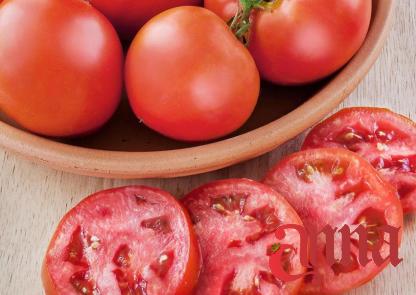






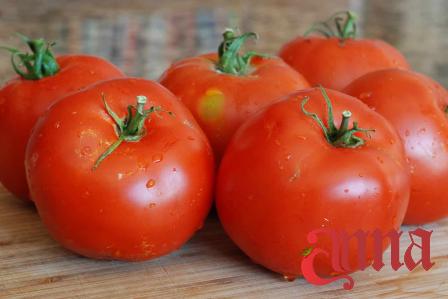
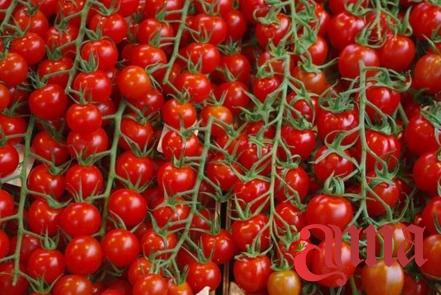
Your comment submitted.